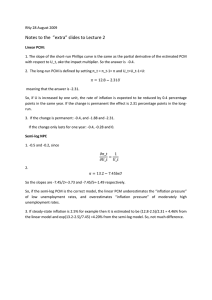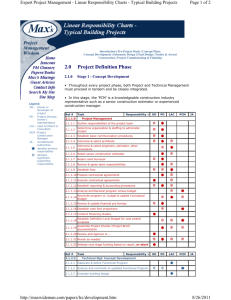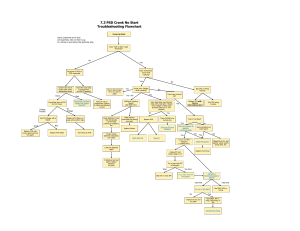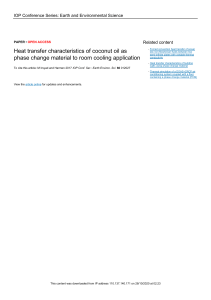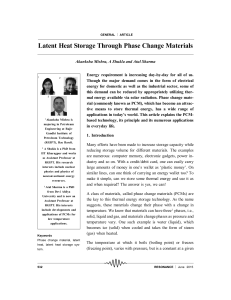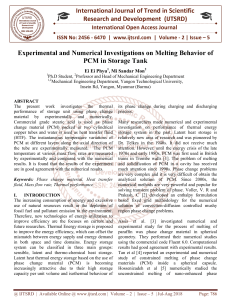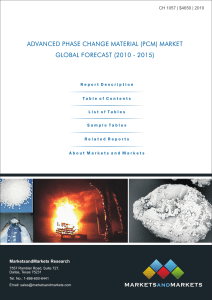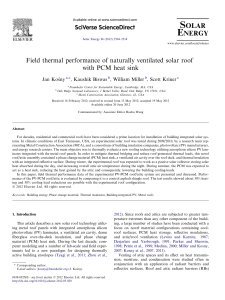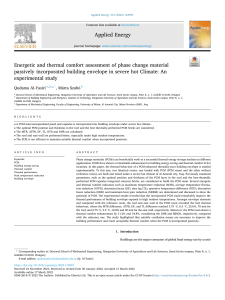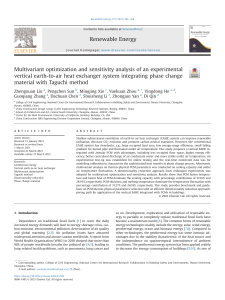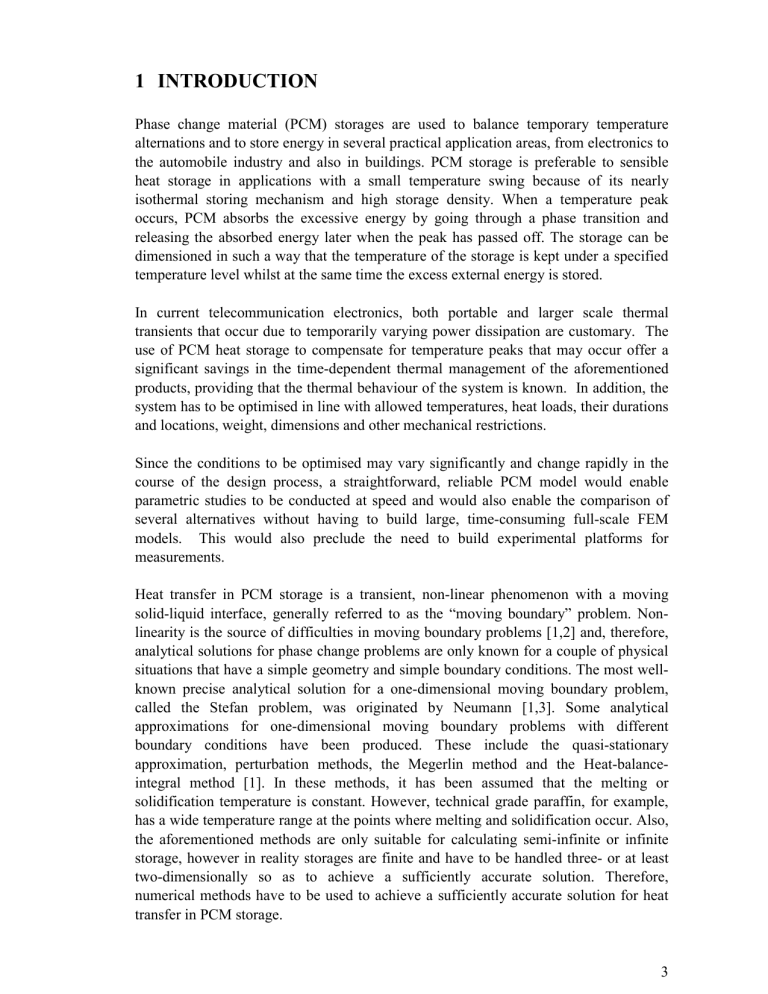
1 INTRODUCTION Phase change material (PCM) storages are used to balance temporary temperature alternations and to store energy in several practical application areas, from electronics to the automobile industry and also in buildings. PCM storage is preferable to sensible heat storage in applications with a small temperature swing because of its nearly isothermal storing mechanism and high storage density. When a temperature peak occurs, PCM absorbs the excessive energy by going through a phase transition and releasing the absorbed energy later when the peak has passed off. The storage can be dimensioned in such a way that the temperature of the storage is kept under a specified temperature level whilst at the same time the excess external energy is stored. In current telecommunication electronics, both portable and larger scale thermal transients that occur due to temporarily varying power dissipation are customary. The use of PCM heat storage to compensate for temperature peaks that may occur offer a significant savings in the time-dependent thermal management of the aforementioned products, providing that the thermal behaviour of the system is known. In addition, the system has to be optimised in line with allowed temperatures, heat loads, their durations and locations, weight, dimensions and other mechanical restrictions. Since the conditions to be optimised may vary significantly and change rapidly in the course of the design process, a straightforward, reliable PCM model would enable parametric studies to be conducted at speed and would also enable the comparison of several alternatives without having to build large, time-consuming full-scale FEM models. This would also preclude the need to build experimental platforms for measurements. Heat transfer in PCM storage is a transient, non-linear phenomenon with a moving solid-liquid interface, generally referred to as the “moving boundary” problem. Nonlinearity is the source of difficulties in moving boundary problems [1,2] and, therefore, analytical solutions for phase change problems are only known for a couple of physical situations that have a simple geometry and simple boundary conditions. The most wellknown precise analytical solution for a one-dimensional moving boundary problem, called the Stefan problem, was originated by Neumann [1,3]. Some analytical approximations for one-dimensional moving boundary problems with different boundary conditions have been produced. These include the quasi-stationary approximation, perturbation methods, the Megerlin method and the Heat-balanceintegral method [1]. In these methods, it has been assumed that the melting or solidification temperature is constant. However, technical grade paraffin, for example, has a wide temperature range at the points where melting and solidification occur. Also, the aforementioned methods are only suitable for calculating semi-infinite or infinite storage, however in reality storages are finite and have to be handled three- or at least two-dimensionally so as to achieve a sufficiently accurate solution. Therefore, numerical methods have to be used to achieve a sufficiently accurate solution for heat transfer in PCM storage. 3
